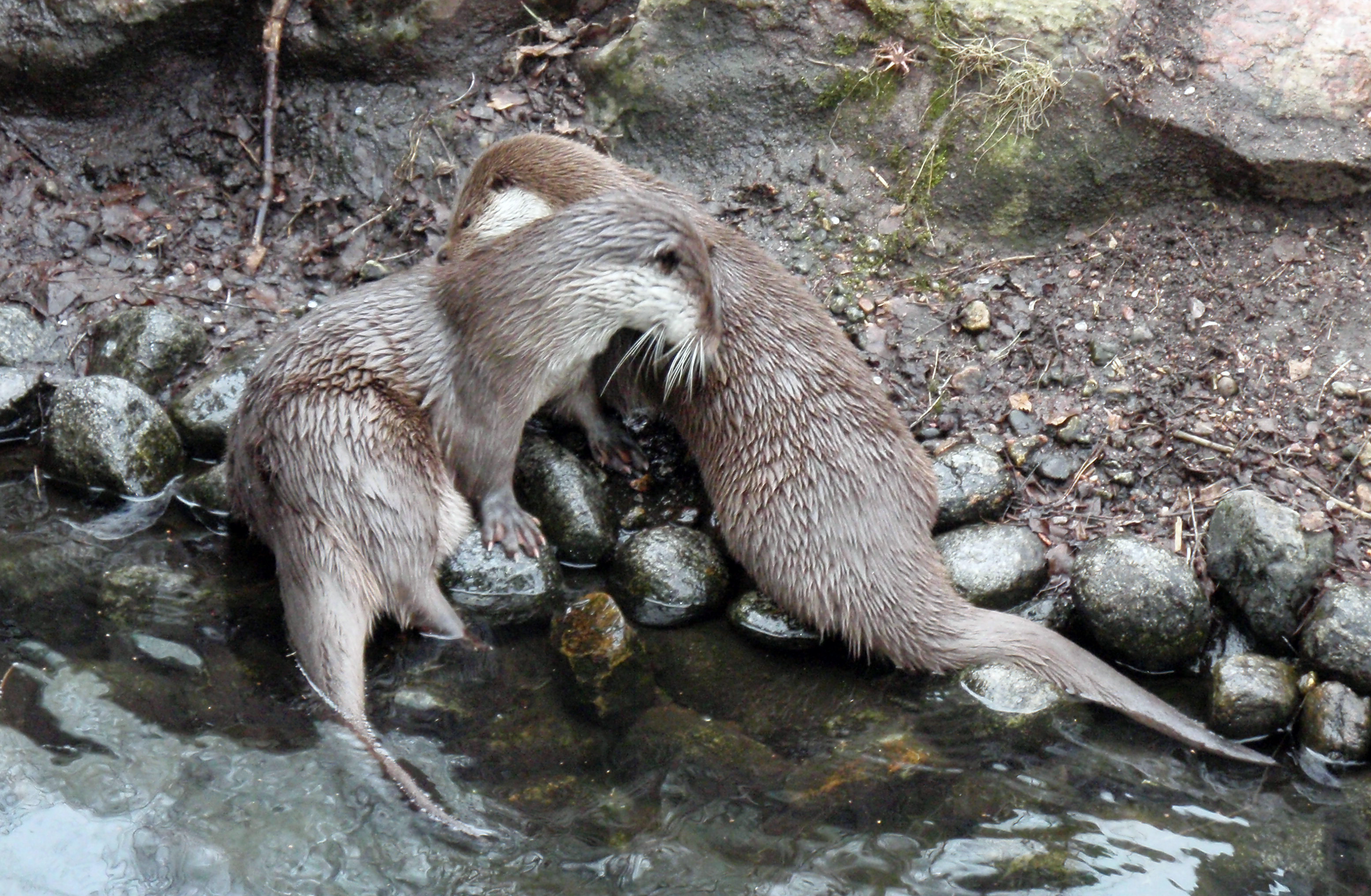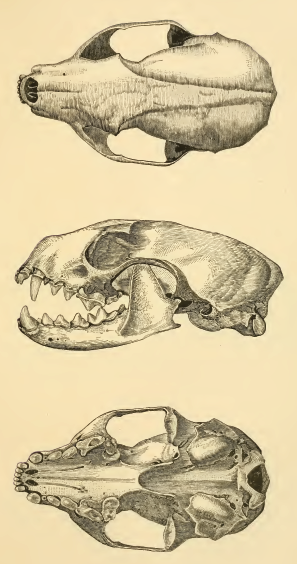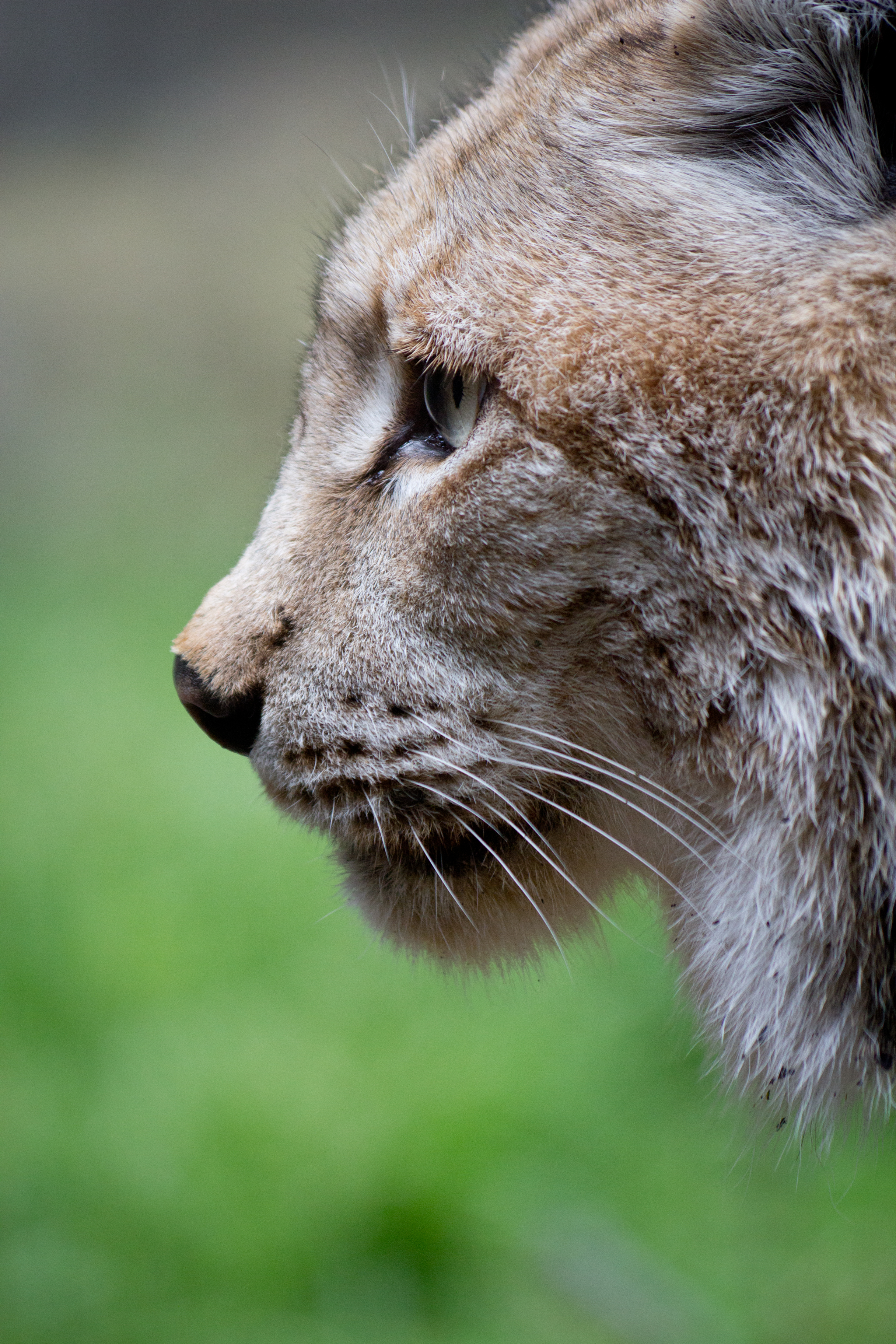|
Malá Fatra National Park
The Malá Fatra National Park (Slovak: ''Národný park Malá Fatra'') is a national park in the northern part of the Malá Fatra mountains called Krivánska Malá Fatra. It has an area of 226.3 km2 (87.37 mi2) and a 232.62 km2 (89.81 mi2) buffer zone. The park was declared in 1988. Between 1967 and 1988 it was a protected landscape area. Its highest peak is Veľký Kriváň, with an altitude of 1,708m Height above mean sea level, amsl. For a geological and geographical description see Malá Fatra. Flora The mountain is covered mainly with mixed beech forests, at higher elevations with fir and spruce. Pine woods and meadows occur at higher altitudes. About 83% of the area is covered in forest. In the variety and beauty of flora species, the following examples stand out as the most remarkable: *gentian (''Gentiana clusii'') *Primula auricula, auricula (''Primula auricula'') *''Dianthus nitidus'' *round-leaved sundew (''Drosera rotundifolia'') *lady's slippe ... [...More Info...] [...Related Items...] OR: [Wikipedia] [Google] [Baidu] |
Veľký Rozsutec
Veľký Rozsutec (1,609.7 m; 5,281.17 ft AMSL) is a mountain situated in the Malá Fatra mountain range in the Žilina Region, Slovakia. The peak is situated in the north part of Malá Fatra called Krivánska Malá Fatra and is part of the Malá Fatra National Park and Rozsutec National Nature Reserve (since 1967). Veľký Rozsutec and the surrounding area are home to many endangered species of plants and animals, some of which are endemism, endemic, as well as rare karst terrain. Photogallery Image:Velký Rozsutec.JPG, Veľký Rozsutec from Stoh hillside Image:Krivanska mala fatra hreben.jpg, Crest of Malá Fatra with Veľký Rozsutec in the end Image:Velký Rozsutec MF.JPG, Veľký Rozsutec from Medziholie Image:Vrchol Velkého Rozsutce.jpg, Peak of Veľký Rozsutec Image:Stohové sedlo, Veľký Rozsutec.jpg, Veľký Rozsutec from Poludňový grúň External links Rozsutec National Nature Reserveat thState Inventory of Specially Protected Parts of Nature and Landsca ... [...More Info...] [...Related Items...] OR: [Wikipedia] [Google] [Baidu] |
Malý Kriváň - Skály Na Hřebeni1
Malý or Maly is a Slavic surname. It may refer to: * Arturo Maly (1939–2001), Argentine actor * Dominik Malý (born 1996), Slovak footballer * Gerő Mály (1884–1952), Hungarian actor * Jakub Malý (1811–1885), Czech writer * Josef Malý (1894–1943), Czech gymnast * Joseph Karl Maly (1797–1866), Austrian botanist * Leandro Maly (born 1976), Argentine volleyball player * Matúš Malý (born 2001), Slovak footballer * Michal Malý (born 1987), Czech footballer * Paula Maly (1891–1974), Austrian painter * Petr Malý (born 1984), Czech footballer * Petrok Maly (died c. 1539), Italian architect * Robin Malý (born 1989), Czech ice hockey player * Theodore Maly (1894–1938), Soviet intelligence officer * Ulrich Maly (born 1960), German politician * Václav Malý (born 1950), Czech priest * Vladimír Malý (born 1952), Czech high jumper See also * * Malyi (other) * Malley * Maley * Mally (other) Mally may refer to: * Mally Beauty, U.S. makeup company * ... [...More Info...] [...Related Items...] OR: [Wikipedia] [Google] [Baidu] |
Calcite
Calcite is a Carbonate minerals, carbonate mineral and the most stable Polymorphism (materials science), polymorph of calcium carbonate (CaCO3). It is a very common mineral, particularly as a component of limestone. Calcite defines hardness 3 on the Mohs scale of mineral hardness, based on Scratch hardness, scratch hardness comparison. Large calcite crystals are used in optical equipment, and limestone composed mostly of calcite has numerous uses. Other polymorphs of calcium carbonate are the minerals aragonite and vaterite. Aragonite will change to calcite over timescales of days or less at temperatures exceeding 300 °C, and vaterite is even less stable. Etymology Calcite is derived from the German , a term from the 19th century that came from the Latin word for Lime (material), lime, (genitive ) with the suffix ''-ite'' used to name minerals. It is thus a Doublet (linguistics), doublet of the word ''wikt:chalk, chalk''. When applied by archaeology, archaeologists and ... [...More Info...] [...Related Items...] OR: [Wikipedia] [Google] [Baidu] |
Grey Wolf
The wolf (''Canis lupus''; : wolves), also known as the grey wolf or gray wolf, is a canine native to Eurasia and North America. More than thirty subspecies of ''Canis lupus'' have been recognized, including the dog and dingo, though grey wolves, as popularly understood, only comprise naturally-occurring wild subspecies. The wolf is the largest wild extant member of the family Canidae, and is further distinguished from other ''Canis'' species by its less pointed ears and muzzle, as well as a shorter torso and a longer tail. The wolf is nonetheless related closely enough to smaller ''Canis'' species, such as the coyote and the golden jackal, to produce fertile hybrids with them. The wolf's fur is usually mottled white, brown, grey, and black, although subspecies in the arctic region may be nearly all white. Of all members of the genus ''Canis'', the wolf is most specialized for cooperative game hunting as demonstrated by its physical adaptations to tackling large pr ... [...More Info...] [...Related Items...] OR: [Wikipedia] [Google] [Baidu] |
Wild Cat
Felidae ( ) is the family of mammals in the order Carnivora colloquially referred to as cats. A member of this family is also called a felid ( ). The 41 extant Felidae species exhibit the greatest diversity in fur patterns of all terrestrial carnivores. Cats have retractile claws, slender muscular bodies and strong flexible forelimbs. Their teeth and facial muscles allow for a powerful bite. They are all obligate carnivores, and most are solitary predators ambushing or stalking their prey. Wild cats occur in Africa, Europe, Asia and the Americas. Some wild cat species are adapted to forest and savanna habitats, some to arid environments, and a few also to wetlands and mountainous terrain. Their activity patterns range from nocturnal and crepuscular to diurnal, depending on their preferred prey species. Reginald Innes Pocock divided the extant Felidae into three subfamilies: the Pantherinae, the Felinae and the Acinonychinae, differing from each other by the ossification of ... [...More Info...] [...Related Items...] OR: [Wikipedia] [Google] [Baidu] |
European Otter
The Eurasian otter (''Lutra lutra''), also known as the European otter, Eurasian river otter, European river otter, common otter, and Old World otter, is a semiaquatic mammal native to Eurasia and the Maghreb. The most widely distributed member of the otter subfamily (Lutrinae) of the weasel family (Mustelidae), it is found in the waterways and coasts of Europe, many parts of Asia, and parts of northern Africa. The Eurasian otter has a diet mainly of fish, and is strongly territorial. It is endangered in some parts of its range, but is recovering in others. Description The Eurasian otter is a typical species of the otter subfamily. Brown above and cream below, these long, slender creatures are well-equipped for their aquatic habits. Their bones show osteosclerosis, increasing their density to reduce buoyancy. This otter differs from the North American river otter by its shorter neck, broader visage, the greater space between the ears and its longer tail. However, the Eurasian ... [...More Info...] [...Related Items...] OR: [Wikipedia] [Google] [Baidu] |
Beech Marten
The beech marten (''Martes foina''), also known as the stone marten, house marten or white breasted marten, is a species of marten native to much of Europe and Central Asia, though it has established a feral population in North America. It is listed as Least Concern on the IUCN Red List on account of its wide distribution, its large population, and its presence in a number of protected areas. It is superficially similar to the European pine marten, but differs from it by its smaller size and habitat preferences. While the pine marten is a forest specialist, the beech marten is a more generalist and adaptable species, occurring in a number of open and forest habitats. Evolution Its most likely ancestor is ''Martes vetus'', which also gave rise to the pine marten. The earliest ''M. vetus'' fossils were found in deposits dated to the Würm glaciation in Lebanon and Israel. The beech marten likely originated in the Near East or southwestern Asia, and may have arrived in Europe by th ... [...More Info...] [...Related Items...] OR: [Wikipedia] [Google] [Baidu] |
Lynx
A lynx ( ; : lynx or lynxes) is any of the four wikt:extant, extant species (the Canada lynx, Iberian lynx, Eurasian lynx and the bobcat) within the medium-sized wild Felidae, cat genus ''Lynx''. The name originated in Middle English via Latin from the Greek word (), derived from the Indo-European root (, ), in reference to the luminescence of its tapetum lucidum, reflective eyes. Appearance Lynx have a short tail, characteristic tufts of black hair on the tips of their ears, large, padded paws for walking on snow and long whiskers on the face. Under their neck, they have a ruff, which has black bars resembling a bow tie, although this is often not visible. Body colour varies from medium brown to goldish to beige-white, and is occasionally marked with dark brown spots, especially on the limbs. All species of lynx have white fur on their chests, bellies and on the insides of their legs, fur which is an extension of the chest and belly fur. The lynx's colouring ... [...More Info...] [...Related Items...] OR: [Wikipedia] [Google] [Baidu] |
Brown Bear
The brown bear (''Ursus arctos'') is a large bear native to Eurasia and North America. Of the land carnivorans, it is rivaled in size only by its closest relative, the polar bear, which is much less variable in size and slightly bigger on average. The brown bear is a sexually dimorphic species, as adult males are larger and more compactly built than females. The fur ranges in color from cream to reddish to dark brown. It has evolved large hump muscles, unique among bears, and paws up to wide and long, to effectively dig through dirt. Its teeth are similar to those of other bears and reflect its Dietary biology of the brown bear, dietary plasticity. Throughout the brown bear's range, it inhabits mainly forest, forested habitats in elevations of up to . It is omnivorous, and consumes a variety of plant and animal species. Contrary to popular belief, the brown bear derives 90% of its diet from plants. When hunting, it will target animals as small as insects and rodents to thos ... [...More Info...] [...Related Items...] OR: [Wikipedia] [Google] [Baidu] |
Black Stork
The black stork (''Ciconia nigra'') is a large bird in the stork family Ciconiidae. It was first described by Carl Linnaeus in the 10th edition of his ''Systema Naturae''. Measuring on average from beak tip to end of tail with a wingspan, the adult black stork has mainly black plumage, with white underparts, long red legs and a long pointed red beak. A widespread but uncommon species, it breeds in scattered locations across Europe (predominantly in Portugal and Spain, and central and eastern parts), and east across the Palearctic to the Pacific Ocean. It is a long-distance migrant, with European populations wintering in tropical Sub-Saharan Africa, and Asian populations in the Indian subcontinent. When migrating between Europe and Africa, it avoids crossing broad expanses of the Mediterranean Sea and detours via the Levant in the east, the Strait of Sicily in the center, or the Strait of Gibraltar in the west. An isolated non-migratory population lives in Southern Africa. U ... [...More Info...] [...Related Items...] OR: [Wikipedia] [Google] [Baidu] |






